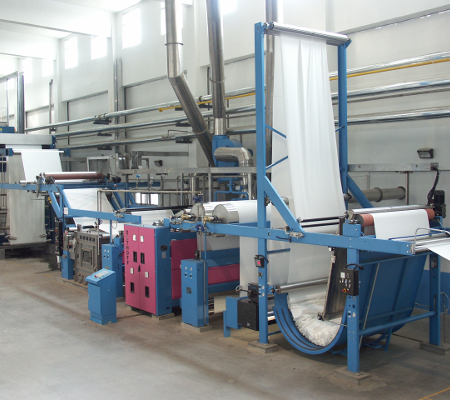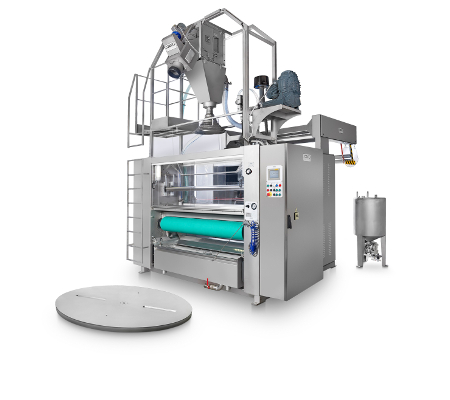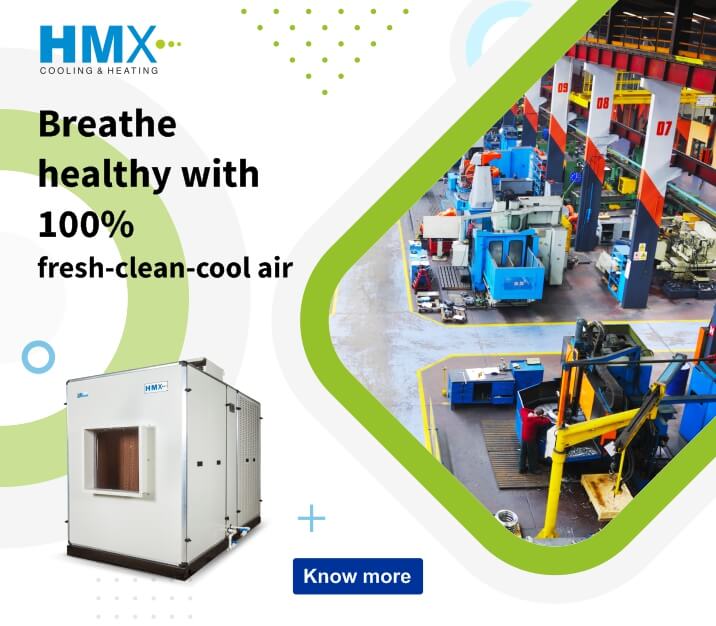Wet Processing
Wet processing is a vital stage in textile manufacturing that prepares fabrics for finishing and value addition. It involves a series of chemical treatments aimed at enhancing the fabric's appearance, strength, absorbency, and dyeing properties.
The process begins with singeing, where surface fibres are removed to create a smooth fabric and reduce surface tension. This is followed by desizing, which removes sizing agents applied during weaving.
The fabric is then scoured to eliminate natural impurities like waxes and oils and bleached to increase whiteness and improve absorbency.
A key step in wet processing is mercerisation, where fabrics are treated with caustic soda under tension. This treatment improves tensile strength, adds lustre, and significantly boosts dye absorption.
The final stage involves coloration, either through continuous dyeing or Cold Pad Batch (CPB) dyeing, followed by printing for design enhancement. Modern wet processing emphasises eco-friendly practices, as it accounts for nearly 70% of total water usage in textile production.
Efficient management of water and chemicals is therefore critical to achieving sustainability in the process.









